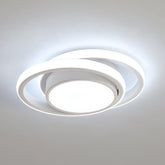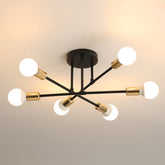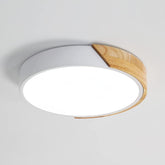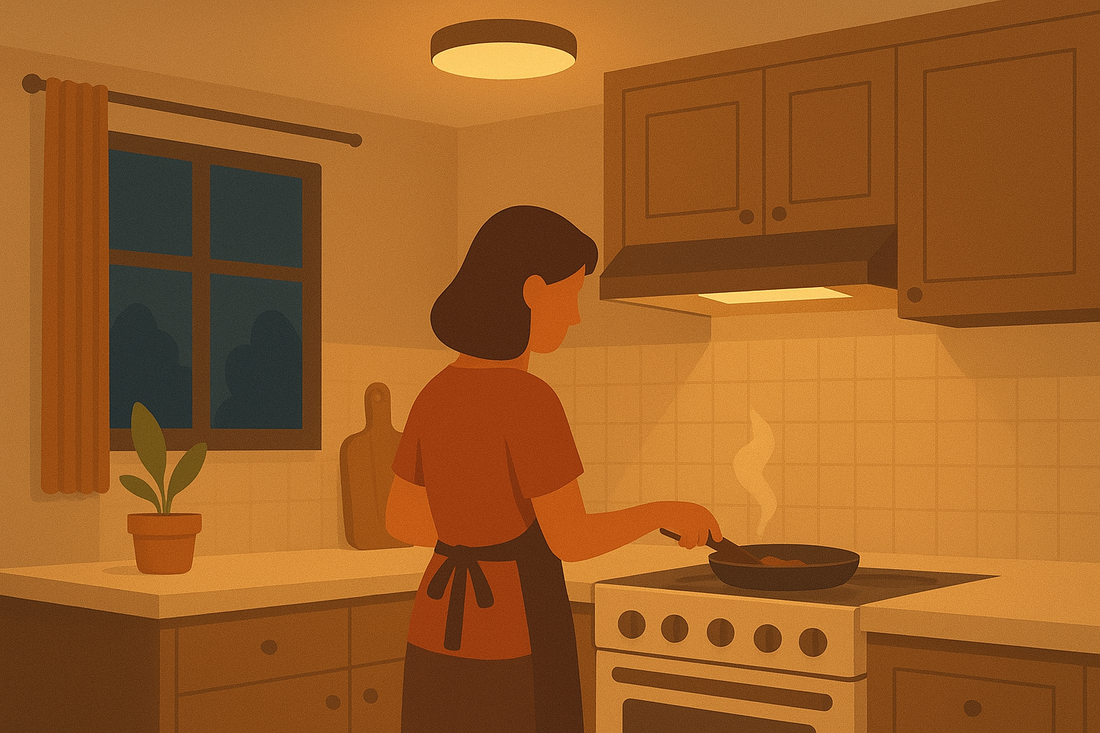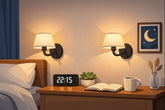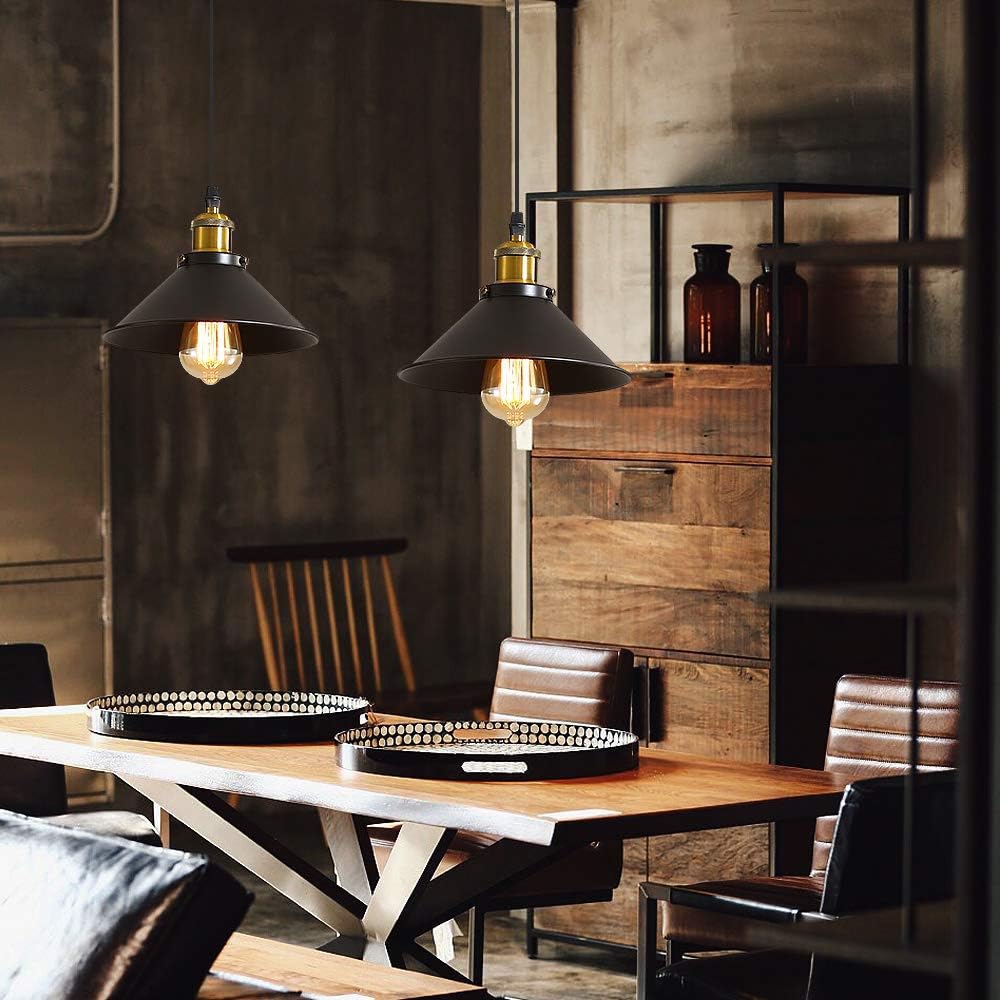Kitchen Lighting: How to Choose the Right Brightness and Light Source for a Clear and Safe Workspace
Kitchen lighting isn’t only about design — it’s essential for functionality and safety. A well-lit kitchen helps you see clearly while preparing meals and reduces the risk of accidents. The key is to balance overall brightness and focused task lighting for work areas.
1. Brightness: at least 200 lm/m²
The kitchen should always be brighter than a bedroom or living room to ensure food preparation is safe and precise. Here’s a simple formula to calculate the ideal brightness:
Required brightness (lumens) = kitchen area (m²) × 200–300 (lm/m²)
👉 For example:
- Small kitchen (6 m²) → 1,200–1,800 lm (recommended: ceiling light)
- Medium kitchen (10 m²) → 2,000–3,000 lm for even illumination
Tip: If your kitchen has wall cabinets — especially in L-shaped or U-shaped layouts — they can cast shadows over the countertop. A ceiling light alone may not be enough. Add under-cabinet spotlights or LED strips to brighten the workspace and eliminate dark areas while chopping or cooking.
2. Light source: high color rendering + cool white light
In the kitchen, accurate color rendering is crucial. Choose lighting with a Color Rendering Index (CRI or Ra) ≥ 90 to ensure food colors appear natural — red meat stays vibrant, and green vegetables look fresh.
Opt for a cool white color temperature between 4,000K and 5,000K. This kind of light appears clean and bright, helping maintain a sense of freshness and hygiene — perfect for areas that tend to get greasy or messy.
Advice: Avoid using adjustable color temperature ceiling lights in the kitchen. Frequent switching between warm and cool tones can strain the eyes. A fixed 4,000–5,000K cool white light is more practical and comfortable for daily use.
In summary, good kitchen lighting depends on two main factors: sufficient brightness for clear visibility and true-to-color lighting for food safety and confidence while cooking. With thoughtful lighting choices, your kitchen can be both functional and inviting.
